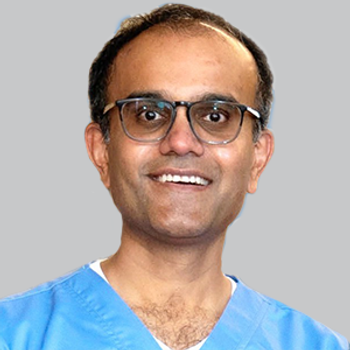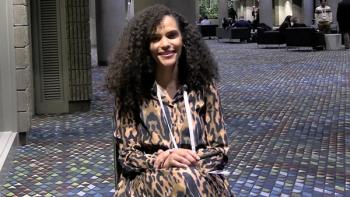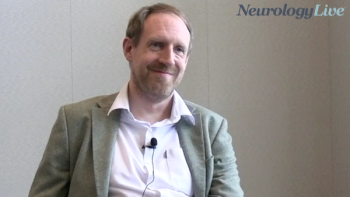
Future Research Objectives and Questions for Radiologically Isolated Syndrome: Darin Okuda, MD, FAAN, FANA
The director of Neuroinnovation and Multiple Sclerosis & Neuroimmunology Imaging Program at UT Southwestern Medical Center discussed ways to build off the ARISE study and the unanswered questions regarding radiologically isolated syndrome. [WATCH TIME: 3 minutes]
WATCH TIME: 3 minutes
"We were not trying to prove a point that dimethyl fumarate could be absolutely superior to placebo within this trial. We wanted to demonstrate as an international consortium was that, is there an opportunity to intervene earlier, knowing that early treatment has an impact on long-term outcomes?"
Over the years, there have been dramatic improvements to the treatment options available for patients with relapsing multiple sclerosis (MS), including the introduction of several new disease-modifying therapies. There has been accumulating evidence to suggest that earlier initiation of these therapeutics provides the best chance at reducing inflammation and damage to nerve cells, thus slowing the progression of the disease. Identified in 2009, radiologically isolated syndrome (RIS), considered the precursor to MS, represents an intriguing area of research interest considering its potential impacts in the conversion to MS.
While not all cases of RIS develop MS, the clinical community, including
These findings were significant, as they represented the first disease-modifying effect seen in this patient group. Okuda, director of Neuroinnovation and Multiple Sclerosis & Neuroimmunology Imaging Program at UT Southwestern Medical Center, believes these findings open the door to a world of new research. In an interview with NeurologyLive®, he provided context on the next steps following ARISE, the questions surrounding RIS that still need to be answered, and the ongoing efforts exploring drugs besides dimethyl fumarate in RIS.
REFERENCE
1. Okuda DT, Kantarci O, Lebrun-Frenay C, et al. Dimethyl fumarate delays multiple sclerosis radiologically isolated syndrome. Ann Neurol. Published online November 18, 2022. doi:10.1002/ana.26555
Newsletter
Keep your finger on the pulse of neurology—subscribe to NeurologyLive for expert interviews, new data, and breakthrough treatment updates.































